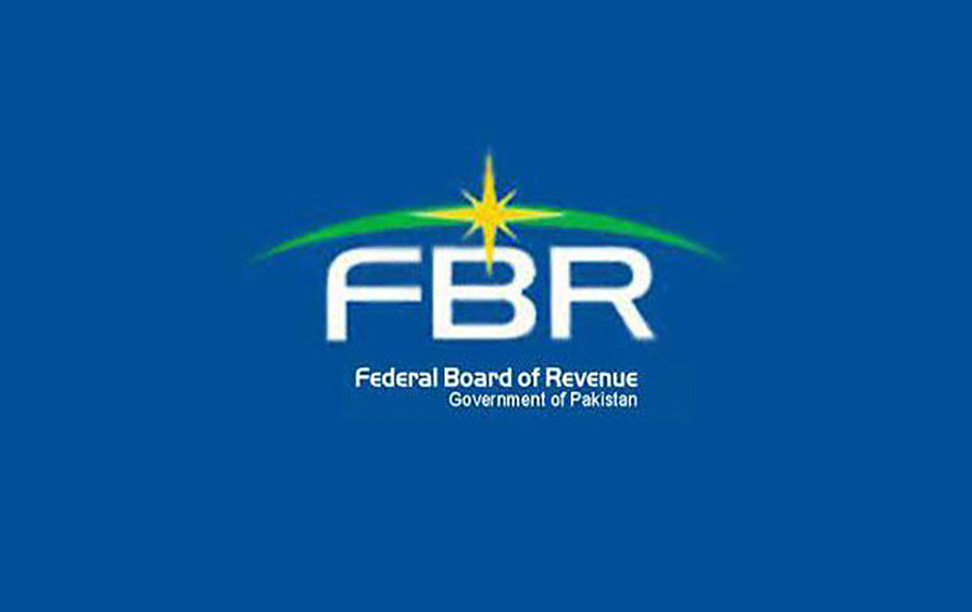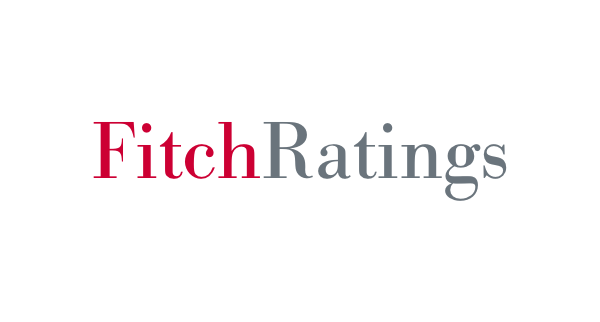May 24, 2021: Steel prices are expected to hit $800 per tonne from $660 over the next three months on the mismatch between supply and demand which is expected to drive the prices northward, Fitch Solutions said in its commodities outlook on the metal.
“We are revising up our 2021 global steel price forecast to an average of USD800/tonne, compared with USD660/tonne previously, as the persisting mismatch between supply and demand continues to edge prices higher,” it said on a release issued on Monday.
Global steel prices have seen a significant boost since Q420, with prices around the highs last seen in mid-2008. Steel prices have thus far averaged USD883/tonne in the year-to-date while the 2020 average was USD582/tonne.
Fitch said the rally will start stabilizing as the second half of the year approaches (with Chinese prices already starting to show some weakness due to government market regulation), it does not anticipate a significant reduction in price levels or a collapse mainly on the back of buoyant demand despite steady production levels.
Supply-side dynamics
On the supply side, Chinese production is expected to remain elevated in 2021 (growing by a staggering 11.0% YoY) before slowing in 2022 (8% YoY growth).
Meanwhile, market controls by Chinese regulators will curb speculative buying on the back of investor fears of curtailment in Chinese production that had gripped the market since March. In March 2021, the Chinese government ordered steel mills in Tangshan to reduce production by 30% till the end of the year and by 50% for seven steelmakers till July.
With soaring steel prices and resulting high margins, these steelmakers have an added advantage to increase utilization rates and China's steel production grew by 11.5% YoY in April 2021. This is also in line with the government’s plan to consolidate steel production in China to just the top 10 producers by 2025, although the government also aims to cap absolute production.
As environmental regulations work to increase steel prices in China, increasing profitability and thus production, the government is moving to take further action, which Fitch believes might blow the steam off steel's rally in the coming quarters starting with declines in Chinese steel prices seen in Mid-May.
In April 2021, the government lifted steel export rebates and import taxes in an attempt to slow domestic steel production and iron ore imports from Australia. The impact from this remained minimal on prices as these rebates and taxes only ranged from 1-2%. In May 2021, Chinese authorities launched a new round of market regulatory measures to curb soaring steel prices in a bid to ease the cost pressures on downstream industries like electronics producers and home builders.
Furthermore, the Shanghai Futures Exchange raised trading costs by reinstating fees for closing positions on contracts linked to steel rebar and hot-rolled coils. Regulators in the cities of Shanghai and Tangshan also warned local steel companies against price gouging, collusion and spreading false market information. Prices retreated in May for the first time in months, and Fitch expects this to be the start of the stabilization in steel prices in China.
Demand set to increase
Fitch pointed that on the demand side, “we expect the Chinese government’s stimulus (pumped into the economy since 2018 and intensified during the Covid-19 2020) to infrastructure and construction projects, as well as US President Biden’s $2.3 trillion infrastructure plan (not approved yet) to support steel consumption in 2021-2022 and the coming years, preventing any major reduction or collapse in steel prices … However, we expect Chinese steel demand to start slowing down in 2022 (5.5% YoY)”
Chinese demand is set to taper down as even though the infrastructure sector (accounting for about 40-50% of steel end-use in China) project pipeline for 2021-2022 is strong following the stimulus, however, China is slowly unwinding its support to the sector, which will lead to a slowdown in construction growth.
On the other hand, the property sector – accounting for about 20-25% of steel end-use in China – the property sector will likely slow down significantly as the central government tightens financing for developers.
On the flip side, for the appliance, autos and machinery manufacturing sectors — about 25% of steel end-use in China, Fitch sees both domestic and international demand for Chinese manufactured goods recover this year, as the consumer sector picks up in China in 2021 and the global economy bounced back from the Covid-19 recession.
Risks to price outlook more pronounced on the downside
Fitch highlights that “risks to our price forecast lie mainly to the downside. Steel prices are currently at highly unsustainable levels, and though the fundamental picture of a mismatch between supply and demand supports our forecast for global prices to remain elevated for a while, the Chinese Government could ramp up price control policies that could stymie the rise in steel prices abruptly.”
“We note that the environmental regulations enforced in Tangshan and now Handan will only curb inefficient steel capacity.”
Fitch
41278







